Chromatic Aberration:
This defect in the image is present when white light is used. The image of a white object (or object illuminated by white light) formed by the lens is usually colored and blurred. This defect is called chromatic aberration and arises because of the fact that the refractive index of the material of the lens is different for different colors of light. For a thin lens, the focal length f and refractive index μ are related as-

Where R1 and R2 are the radii of curvature of two surfaces of the lens.
Since f depends on μ, so focal length of a lens is different for light of different colors. It is least for violet color and maximum for red color. The below figure shows the action of the lens on a parallel beam of white light. A point source of white light at infinity sends parallel rays on the lens. The red rays are focused at a father point FR from the lens while violet rays are focused at FV nearer to the lens. The other colors are focused in between FV and FR. If a screen is placed parallel to the lens at FV, the image formed is circular with violet color at the centre and red at the outer edge. The reverse is true at FR i.e., the edge is violet while the centre is red. Obviously, since the image is not in perfect focus at any point so it is blurred. Further, the aberration is positive for a convex lens (the red image is on the right of the violet) and is negative for a concave lens (the red image is on the left of the violet).
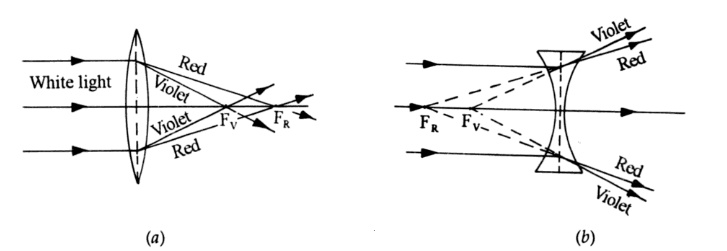
In the below figure, the formation of an image for an object at a finite distance is shown. The image formed for different colors is not only in different positions (along the axis) but is also of different sizes (spherical aberration is assumed to be absent). The separation between the images is shown much larger for the sake of clarity in the diagram, but it is never so large.

The separation (along the principal axis of the lens) between the images formed by extreme wavelengths of the visible range is called axial or longitudinal chromatic aberration. It is equal to (QR – QV) in the above figure. The difference in the size of the images (perpendicular to the principal axis) formed by extreme wavelengths of the visible range is called lateral chromatic aberration as shown in the above figure.
Expression for the Longitudinal Chromatic Aberration of a Lens:
Let μR, μY, and μV be the refractive indices and fR, fY, and fV be the focal length of a lens for red, yellow, and violet colors respectively. From lens maker’s formula-
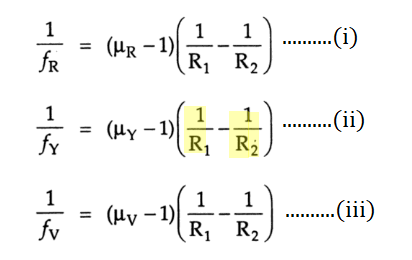
From equation (i) and (iii):-
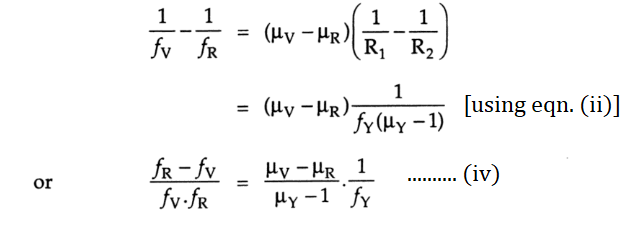
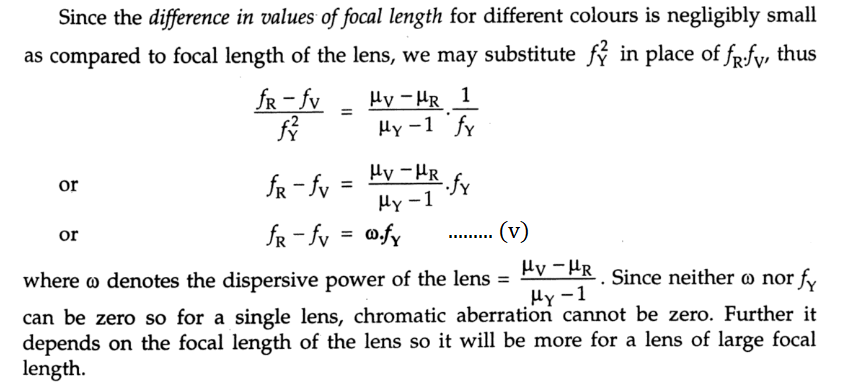


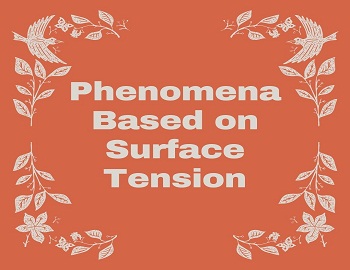





Comments (No)